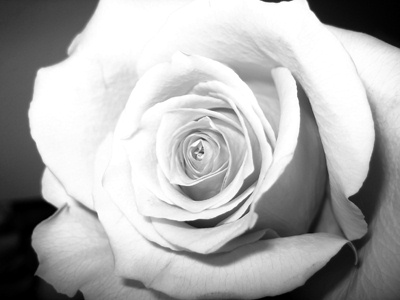All Nonfiction
- Bullying
- Books
- Academic
- Author Interviews
- Celebrity interviews
- College Articles
- College Essays
- Educator of the Year
- Heroes
- Interviews
- Memoir
- Personal Experience
- Sports
- Travel & Culture
All Opinions
- Bullying
- Current Events / Politics
- Discrimination
- Drugs / Alcohol / Smoking
- Entertainment / Celebrities
- Environment
- Love / Relationships
- Movies / Music / TV
- Pop Culture / Trends
- School / College
- Social Issues / Civics
- Spirituality / Religion
- Sports / Hobbies
All Hot Topics
- Bullying
- Community Service
- Environment
- Health
- Letters to the Editor
- Pride & Prejudice
- What Matters
- Back
Summer Guide
- Program Links
- Program Reviews
- Back
College Guide
- College Links
- College Reviews
- College Essays
- College Articles
- Back
The White Rose
In Nazi Germany, though some people would resist the Nazis (shop at Jewish stores, help people who were hiding from the Gestapo) most Germans supported Hitler or were apathetic. But in Munich there was an organized group whose goal was to induce others to oppose the Nazis.
The White Rose was a society that resisted Hitler and the Nazis, active from 1942-43. Some of the main members were Sophie and Hans Scholl, Alex Schmorell, George Wittenstein, Willi Graf, Christoph Probst, and Professor Kurt Huber. Most of them were college students, and Huber was their philosophy professor. Their main activity was creating pamphlets that tried to convince other Germans to oppose the Nazi regime.
When the Scholl siblings were younger, they were both members of the Hitler Youth. However, membership was mandatory, and their parents did not support Hitler. In 1941 they heard a sermon by Bishop August von Galen, a dissenter. Hans founded the organization, and Schmorell and Wittenstein began creating and distributing pamphlets. They were typically left in phonebooths or sent to other students, and by the summer of 1942 four different pamphlets had been created. But at that time, some of the members who were medical students were sent to work temporarily at field hospitals. The sixth pamphlet was produced in February 1943, after the fall of Stalingrad. Some members began graffitiing the phrases “Down with Hitler”, “Freedom”, etc.
One day when the Scholl siblings were leaving pamphlets outside of lecture halls, a janitor caught them and reported them. They and Probst were tried for treason, found guilty, and beheaded on February 22, 1943. 14 more members were tried on April 13. Some were sentenced to death, and some to prison. A third trial began July 13, but Gisela Schertling, a member who had confessed, recanted her statement. Therefore three of the people on trial were acquitted, and one was sentenced to only 3 months in prison.
The sixth and final pamphlet was smuggled out of the country, and millions of copies were dropped from Allied planes into Germany.
The White Rose is the most well-known resistance movement in Nazi Germany. Even though they didn’t actually help end the war or save people from concentration camps, they probably did influence some people to admire Hitler a little less.

Similar Articles
JOIN THE DISCUSSION
This article has 0 comments.
